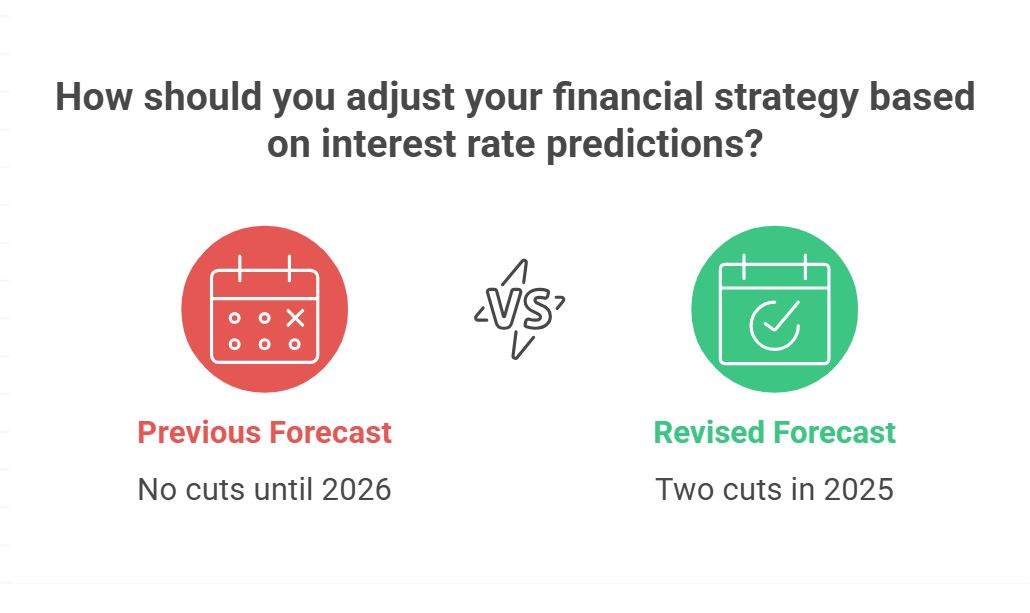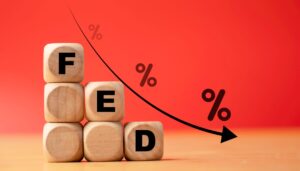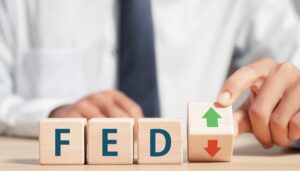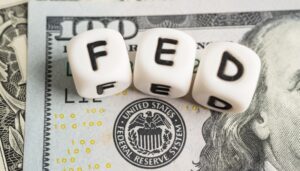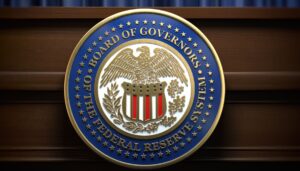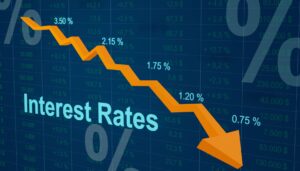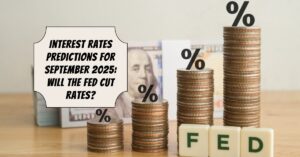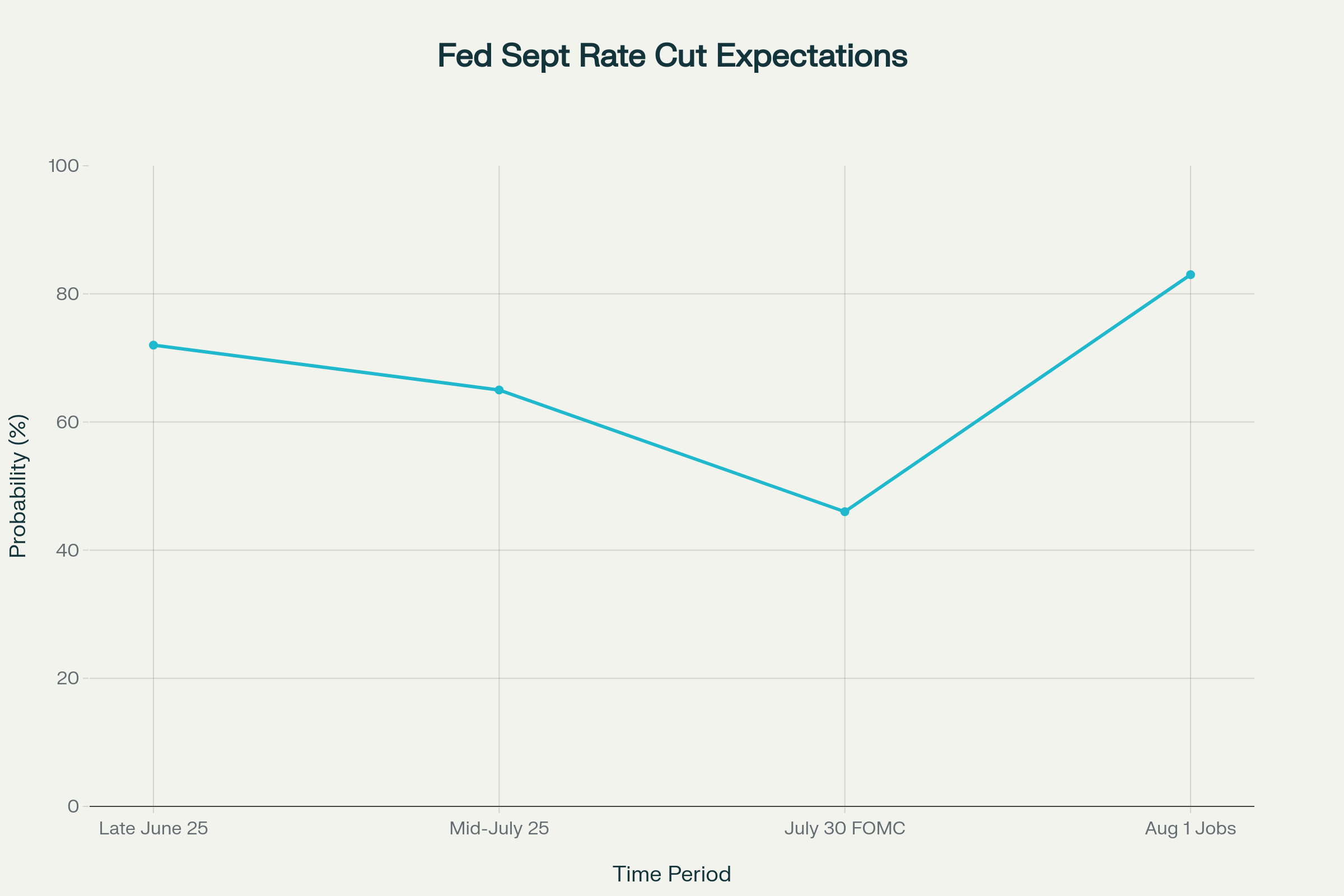Federal Reserve Chair Jerome Powell's recent speech has sent a clear signal: the door is open for more interest rate cuts. This move on October 14, 2025, comes as the central bank sees growing risks to employment, even as inflation appears to be staying in check. For anyone with savings, a mortgage, or plans for big purchases, this news is significant and hints at a shift in the economy's direction.
Jerome Powell Opens Door to More Interest Rate Cuts in His Speech Today
As a seasoned observer of financial markets, I can tell you that when the Fed Chair speaks, people listen. Powell's words aren't just opinions; they are carefully chosen signals that guide the entire economy. In his latest address, he painted a picture of an economy that's holding its own on growth but showing cracks in its labor market. This shift in focus from inflation worries to job market concerns suggests the Fed is preparing to act to prevent a slowdown from becoming a serious problem.
A Closer Look at Powell's Remarks: Leaning Towards Easing
During his speech at the National Association for Business Economics (NABE) conference in Philadelphia, Powell acknowledged that economic activity has been surprisingly strong. He mentioned that consumer spending, particularly among those with higher incomes, has been robust, and that businesses might be seeing productivity boosts, perhaps from the growing use of AI. This all sounds pretty good, right? The Atlanta Fed's GDPNow tracker, for instance, was pointing to a strong 4% growth for the third quarter.
However, beneath this surface of solid growth, Powell highlighted a growing concern: the labor market. He pointed out that while the unemployment rate of 4.3% still looks good on paper, the pace of job creation has slowed down considerably. Private data, like reports from ADP, even suggested job losses in September. He also noted that fewer people are reporting they can find jobs easily, and hiring activity has tapered off. This is a crucial point because a strong job market is the backbone of a healthy economy. When hiring slows, people have less money to spend, and that can ripple through everything from retail sales to housing.
Powell explained that these “rising downside risks to employment” have changed the Fed's assessment. This means the potential problems for people's jobs are starting to look more serious than the potential for inflation to spike. While inflation hasn't been a runaway train—core PCE inflation was around 2.9% in August—the Fed's primary job is to keep both prices stable and employment high. Right now, the balance is tipping towards protecting jobs.
The Shifting Economic Backdrop: Growth Holds, Jobs Wobble
Let's break down the economic picture Powell presented:
- Economic Growth: Still holding up, with strong consumer spending and signs of productivity gains. Think of it like a sturdy car that's cruising along.
- Labor Market: Starting to show signs of slowing down. Job gains are shrinking, and surveys indicate people feel it's harder to find work. This is like that sturdy car hitting a patch of bumpy road.
- Inflation: Not a major worry right now. While tariffs on imported goods have pushed up prices for some items, this isn't seen as a broad, economy-wide inflation problem. The Fed's long-term inflation target of 2% still seems achievable.
This situation is somewhat unusual. Typically, when the economy grows strongly, the labor market booms. But here, we're seeing resilience in growth alongside increasing caution about jobs. This is why the Fed is watching the labor market so closely.
Policy Implications: Rate Cuts on the Horizon and QT's End
So, what does all this mean for monetary policy? Powell's speech was a clear nod to the possibility of further interest rate cuts. Remember, the Fed cut rates by 25 basis points in September, bringing the federal funds rate (the target interest rate for banks) down to 4.00%-4.25%. His comments strongly suggest that another cut could be on the table at their next meetings in late October and December.
He emphasized that policy decisions are made “meeting-by-meeting” and are “data-dependent.” This is standard Fed language, but the emphasis on the risks to employment tells us which data points they are watching most closely. If job growth continues to weaken, expect the Fed to lower rates.
One of the other interesting points Powell made was about the Fed's balance sheet normalization, also known as quantitative tightening (QT). For a while now, the Fed has been letting its holdings of assets shrink, which is a way of tightening financial conditions. Powell indicated that this process could be ending “in coming months.” This is significant because it means the Fed will stop withdrawing liquidity from the financial system, and might even start adding it back over time. This could ease some of the strains in money markets and provide a bit of a boost to the economy, almost like a gentle nudge from the sidelines.
My take on this is that the Fed is trying to be proactive. They saw the labor market softening and the potential for it to worsen, and instead of waiting for a full-blown downturn, they are signaling a willingness to ease policy to keep things on track. This approach, if executed well, can lead to what economists call a “soft landing”—where inflation is controlled, and the economy avoids a recession.
Market Reaction: A Sigh of Relief and Renewed Optimism
The stock market certainly heard what Powell was saying. Following his remarks, U.S. stocks, which had been wavering, closed higher. This is a typical reaction when the Fed signals a more accommodative stance. Investors tend to bet that lower interest rates will boost corporate profits and make equities more attractive compared to safer investments like bonds.
Here's a quick look at how things moved:
- Dow Jones Industrial Average: Closed higher, showing broad market confidence.
- S&P 500: Also saw gains, indicating that larger companies were benefiting from this outlook.
- Nasdaq Composite: Showed some caution, perhaps because tech stocks can sometimes be more sensitive to even minor signs of slowdowns.
- Bond Yields: Generally fell. This is because as interest rate cut expectations rise, bond prices go up, and their yields (which move inversely) go down. Lower yields make borrowing cheaper.
- Cryptocurrencies: Experienced a rally. Some see the end of QT as a positive for riskier assets like Bitcoin, as it could lead to more money flowing into the markets.
It's important to remember that market reactions can be a bit jumpy. Geopolitical tensions, like the ongoing U.S.-China trade disputes and tariffs, and even the temporary government shutdown that delayed some economic data, can create volatility. But Powell's speech provided a sense of direction that the market seemed to appreciate.
My Opinion: Balancing Risks is Key
From my perspective, the Fed is walking a very fine line. They've successfully brought inflation down from its highs, but the job isn't entirely done. Now, the focus is shifting to employment. It's a classic Fed balancing act: fight inflation without crushing the job market. Powell's speech suggests they believe the risk of letting employment slide is now greater than the risk of inflation re-accelerating.
I've seen this before. Sometimes, the Fed's biggest challenge isn't inflation itself, but the unintended consequences of their actions. If they keep rates too high for too long, they could trigger a recession. Conversely, cutting rates too aggressively when inflation isn't fully tamed could reignite price pressures. Powell's emphasis on being “meeting-by-meeting” and “data-dependent” is a smart way to navigate this uncertainty. It means they're not locked into a specific path and can adjust as new information comes in.
The end of QT is another piece of this puzzle. It's a subtle form of easing, and its timing is crucial. By signaling its imminent end, the Fed is providing some forward guidance that can help stabilize financial markets and ease liquidity concerns.
What This Means for You
- Borrowing Costs: With potential rate cuts, we could see lower interest rates on things like car loans and credit cards relatively soon. Mortgages might also become more affordable, though their rates are also influenced by longer-term bond yields.
- Savings: If rates fall, the interest you earn on savings accounts and certificates of deposit (CDs) will likely decrease. This is the flip side of lower borrowing costs.
- Investments: Lower interest rates generally make stocks a more attractive investment compared to bonds. This can be good news for your 401(k) or other investment portfolios, but remember that markets can be unpredictable.
- Job Security: The Fed's focus on employment suggests they are committed to preventing a significant rise in unemployment. This offers some reassurance to individuals and families worried about their jobs.
Looking Ahead: Data Will Tell the Tale
Powell's speech was a significant indicator, but the real story will unfold as new economic data emerges. The delayed September jobs report and other key figures will be crucial in determining the Fed's next move. Will job growth continue to slow? Will inflation remain contained? These are the questions the Fed will be asking, and the answers will shape the economic path forward.
My personal view is that the Fed is on the right track by prioritizing employment risks. The recent history of the U.S. economy shows its resilience, and by being proactive with modest rate cuts and signaling the end of QT, Powell and the FOMC are aiming for a controlled economic trajectory. It's a delicate dance, but one where the steps taken today could shape the economic well-being of millions tomorrow.
“Build Wealth Through Turnkey Real Estate”
The Federal Reserve’s decisions on interest rates impact everything—from your mortgage payments to your savings yields. As of October 2025, the Fed’s target range stands at 4.00%–4.25% following a recent 25 basis point cut, with the effective rate hovering near 4.09%.
Market analysts now anticipate additional rate cuts over the coming months. This shift could open new opportunities for homebuyers and real estate investors looking to secure better financing terms.
🔥 Lower Rates Mean Smarter Investment Opportunities! 🔥
Talk to a Norada investment counselor today (No Obligation):
(800) 611-3060
Want to Know More About Interest Rates?
Explore these related articles for even more insights:
- Fed Interest Rate Predictions: October to December 2025
- Fed Interest Rate Forecast for the Next 12 Months
- Federal Reserve Cuts Interest Rate by 0.25%: Two More Cuts Expected in 2025
- Fed Projects Two Interest Rate Cuts Later in 2025
- Interest Rate Predictions for the Next 3 Years: 2025, 2026, 2027
- When is Fed's Next Meeting on Interest Rate Decision in 2025?
- Interest Rate Predictions for the Next 10 Years: 2025-2035
- Interest Rate Predictions for 2025 by JP Morgan Strategists
- Interest Rate Predictions for Next 2 Years: Expert Forecast
- Fed Funds Rate Forecast 2025-2026: What to Expect?
- Interest Rate Predictions for 2025 and 2026 by NAR Chief
- Market Reactions: How Investors Should Prepare for Interest Rate Cut
- Impact of Interest Rate Cut on Mortgages, Car Loans, and Your Wallet


